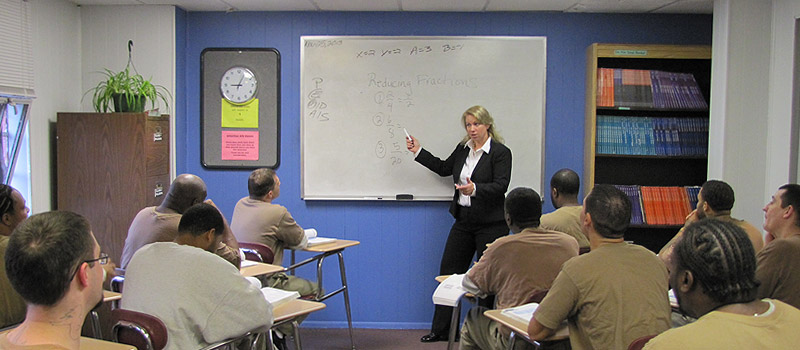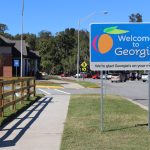Given the direct benefit of time off a sentence, the Residential Drug Abuse Program (RDAP) is the most discussed drug abuse program within the federal system. But the BOP actually offers three drug abuse programs.
In addition, the BOP has vowed to expand drug education throughout the federal prison system based on evidence that drug treatment and education help reduce recidivism rates.
Basic Drug Abuse Education Course
One of the primary drug education programs is the 12- or 15-hour voluntary Drug Abuse Education Course offered at all BOP institutions.
This course aims to raise awareness about the consequences of drug and alcohol abuse and addiction. Among other things, participants review their personal drug use and the cycle of drug use and crime.
The course is recommended to all offenders and enjoys broad participation. It is also on the list of BOP-approved productive activities.
Non-Residential Drug Abuse Program
The second drug education treatment program is the 16- or 24-week (approximately 90–120 minutes per week) Non-Residential Drug Abuse Program (NRDAP). Much of the coursework and activities in this course resemble those taught in RDAP.
The NRDAP is also a “productive activity” approved by the BOP. This means that people can earn First Step Act Time Credits for it.
BOP policy encourages wardens to consider NRDAP graduates for maximum pre-release placement. In addition to receiving earned time credits, non-residential program graduates can receive more halfway house or home confinement placement time than they otherwise would have.
Participants also receive a $30 stipend.

The most common reasons people participate in the NRDAP include because they
- are waiting for their turn into RDAP,
- want to benefit from substance abuse programming but do not meet eligibility requirements for the residential program,
- had a judge recommend drug treatment,
- had BOP Psychology recommend drug treatment,
- need residential drug treatment but declined RDAP and
- committed a drug or alcohol violation while in custody.
Residential Drug Abuse Program
RDAP is the 9- or 10-month, 500-hour Residential Drug Abuse Treatment Program for people with diagnosable and verifiable substance abuse issues. The BOP assesses that at least 40% of people in federal prison have moderate to severe substance abuse problems.
Early release under 18 USC § 3621(e) for graduating RDAP remains the most significant incentive. Consideration for transfer to a prison facility closer to home is another incentive. That’s especially true for RDAP graduates who have time remaining before pre-release placement to a halfway house or home confinement.
The Designation and Sentence Computation Center (DSCC) in Texas determines whether a person meets the eligibility factors for early release for RDAP. For example, that office decides whether prior offenses or the current offense might preclude early release.

Eligibility for RDAP
Those not eligible for RDAP early release include people with a prior felony or misdemeanor conviction for homicide, forcible rape, robbery, aggravated assault or child sexual abuse.
Not eligible for early release also includes people whose current offense that
- has as an element that includes the actual, attempted or threatened use of physical force against the person or property of another,
- involved in the carrying, possessing or using a firearm or other dangerous weapon or explosives,
- by its nature or conduct presents a serious potential risk of physical force against the person or property of another or
- by its nature or conduct involves sexual abuse offenses upon children.
People with firearm convictions and those who received a two-level increase in their drug guidelines severity score for possession of a dangerous weapon, including a firearm, are not eligible for early release under 28 CFR § 550.55.
This post is the second of a series discussing drug education in the BOP and the RDAP program. To read the first post on RDAP, please click here.






